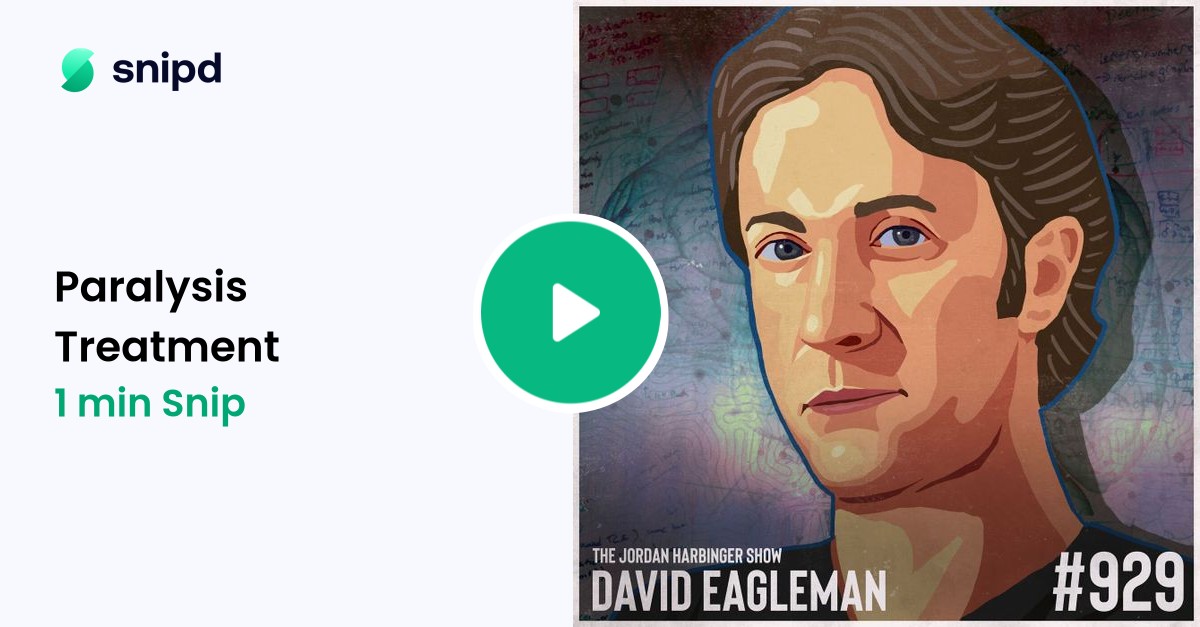- The Procrastilearning Newsletter
- Posts
- Dogs on Trains & The End of Paralysis
Dogs on Trains & The End of Paralysis
Plus, AI means more work, not less...

Our lovely misspelt logo by Dall-E
Hi,
Welcome to the Procrastilearning Newsletter, where your time is well spent even though you should probably be doing something else.
3 things worth procrastilearning over

via Leonardo.ai
1. Paralysis is not going to be a thing in ten years
I was listening to an interview with neuroscientist David Eagleman, who was saying that paralysis shouldn’t be a problem anymore in about 10 years. Looking into it, there does seem to be a lot of different technology all coming together to give highly-effective treatment options for all sorts of issues that cause paralysis.
For example, brain-computer interfaces (BCIs) are enabling paralysed people to control external devices, like robotic arms, or even getting some movement back by translating brain signals into commands. There's also spinal cord stimulation (SCS), which uses electrical pulses to bypass damaged areas and restore movement and sensation. And obviously there are loads of people pushing robotic extensions.
Whether any of this will be available on the NHS or equivalent around the world is another question. But consider the cost of supporting somebody who's paralysed over their lifetime, both from personal and state funds. Then weigh that against how these advances might enable more of these people to get jobs and pay more taxes. It might actually work out more economical for governments to pay for these technologies through public health services, especially as the technology will no doubt get cheaper over time. That would be amazing, so let's keep our fingers crossed.
2. Dogs can take trains by themselves
In 1950s Italy, a dog called Lampo would accompany a little girl every day as she took a train to school. But it wasn't her dog, it was a stray. And he'd then spend the rest of the day hitching trains elsewhere. Apparently, he even learned the train timetable.
So next time your dog paws at the door asking you to go walkies, try taking them to your local train station and leaving them there. Maybe they'll get a statue in their honour one day too.

Covers of the Italian and English versions of Lampo’s biography, via Livorno Daily Photo
3. People are probably going to work more, not less, because of AI
According to the 19th-century economist William Stanley Jevons, efficiency advancements in technology that meant less coal could be used, actually just led to even more coal being used. This concept is known as the Jevons paradox.
Applying this to the recent leaps in AI, does this mean that people will work more now? It was commonly thought that if AI does lots of stuff for people, then people would work less, but now it's starting to look like actually they will just end up doing even more stuff.
it's time to build
— Willem (@vanlancker)
2:49 PM • Mar 13, 2025
And it makes sense when you look at just how many AI tools there are now, all trying to make every single digital file you can think of, be it articles, games, websites, itineraries, apps, whatever really. You might feel like you can build all of these things in the space of a day suddenly. Is that healthy? Probably not to our barbarian brains. But I suspect it will just be normal to future generations.
2 quotes to keep in mind
They say life is what you make of it, which is a charming way of saying you’re the idiot who keeps buying IKEA furniture with missing screws and calling it a masterpiece. I’ve built my days out of half-baked plans and duct tape, and every so often I step back, admire the wobbly mess, and think, ‘Well, at least it’s mine.’ That’s the secret: own the disaster, and they can’t take it from you.
Rest is not idleness, and to lie sometimes on the grass under trees on a summer's day, listening to the murmur of the water, or watching the clouds float across the sky, is by no means a waste of time.
1 simple tip to get focused on a piece of work
Focus your eyes on a single point for a minute before you start working.
It won’t surprise you to know that your brain is constantly processing visual information from your eyes. There’s a lot of it, and it drains your mental energy and makes it harder to concentrate. But if you stare at one fixed point for a full minute before diving into work, you're essentially resetting your visual system and clearing mental clutter.
It seems too simple to work, but try it: pick a spot on the wall, or a small object on your desk, and just look at it without shifting your gaze. Don't think about your upcoming task yet - just focus on that single point. After a minute, you'll notice your mind feels calmer and more ready to engage.
This apparently works because you're training your attention muscles in a low-stakes way before applying them to your actual work. Plus, it creates a clear transition ritual between "not working" and "working" states.
I think I read about the technique originally in Shane Parrish’s Clear Thinking, but obviously the first clip I can find about it on YouTube features the ubiquitous Andrew Huberman:
That's all for today. Many thanks for reading. Here’s the trailer for the upcoming reboot of The Naked Gun (I was horrified at the thought of this, but this clip was a pleasant surprise).
Adam
Adam Zulawski
Procrastilearning on Beehiiv / More stuff
Sent this by somebody else?

